Photographer Profile - Ben Rosenzweig: "I saw an opportunity to create something bigger"
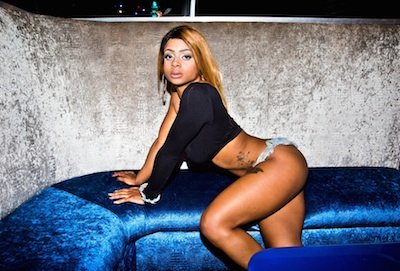
|
|
|
The magazine was preparing an article on illegal plastic surgery — specifically, black-market silicone injections to enhance backsides — and Rosenzweig photographed several victims of such procedures. But the story also delved into the wider phenomenon of America’s growing obsession with butts. Rosenzweig found himself photographing Miami-based plastic surgeon Dr. Constantino Mendieta, author of The Art of Gluteal Sculpting, who told the magazine that the “buttock today is what boobs were in the 60s.”
The assignment also took Rosenzweig to Miami’s King of Diamonds, a strip club that, noted Vice, “has become world-famous for the gargantuan butts of its dancers.” The club, seeing the potential for mainstream publicity, granted Rosenzweig access for an evening. “I had carte blanche to take pictures,” he says. “The dancers were also eager for exposure. A lot of them are looking for Kardashian-level fame.” Rosenzweig wandered through the club with a single Canon DSLR with on-camera flash. “It was the best way to run around a dark venue and snap a lot of photos,” he says.
Later, looking at his outtakes from the story, Rosenzweig decided to turn his editorial assignment into a personal art project. He and an art director friend curated and designed a small book featuring his photographs from the King of Diamonds, which he later self-published. “We sold it in Dashwood Books and the Printed Matter bookstore in New York and Collette in Paris, and it did really well,” he says.
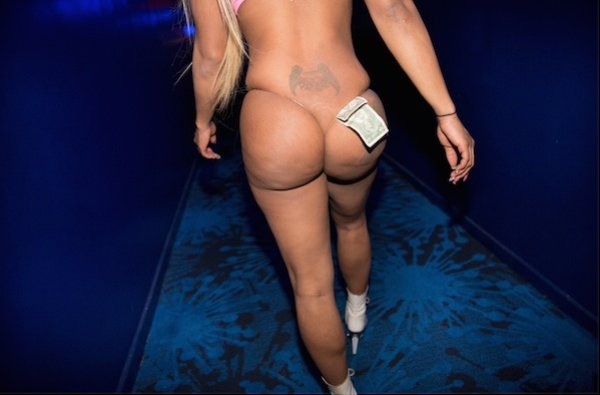
For Rosenzweig, publishing the King of Diamonds book was a chance to redefine himself as a professional photographer. “I saw an opportunity to create something bigger that reflected my own perspective,” he says. “Every assignment I work on, I try to get my own personal work out of it. This was a perfect situation.”
It was also the perfect time to try something new. Rosenzweig launched his career in New York a decade ago and now shoots for a variety of magazines — Black Book, Men’s Journal, Hemispheres, Mass Appeal, and Brooklyn Magazine among them — and commercial clients including Keurig. But, he says, “we all know that editorial photography doesn’t pay well, while commercial work can pay the bills but leave you creatively unfulfilled.”
“I’m at a crossroads in terms of being safe commercially and pushing the envelope in terms of what I'm passionate about,” he says. “Projects like the King of Diamonds book are a way to maintain my vision and voice and also be able to sell it to a client or magazine.”
Where the Passion Is
Rosenzweig’s King of Diamonds series brought him both accolades and disapprobation. While the work was selected for the American Photography 31 annual, for example, one of his regular clients — a model agency — dropped him because of the pictures’ racy content.
“But then on the other hand, the art director of Keurig, one of my big clients, saw those same photos and loved them and hired me to shoot the most PG-rated story you could imagine,” he says. “You just never know.”
“I love the ideas Ben brings to the table,” says Keurig Art Director Molly Monchgesang. “Anyone who loves doing what they do, has the flexibility to experiment during the shoot and has an awesome, inappropriate sense of humor, as I do, I'm down to work with.”
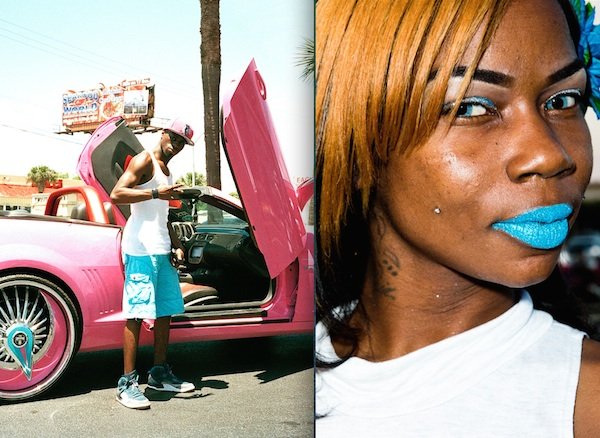
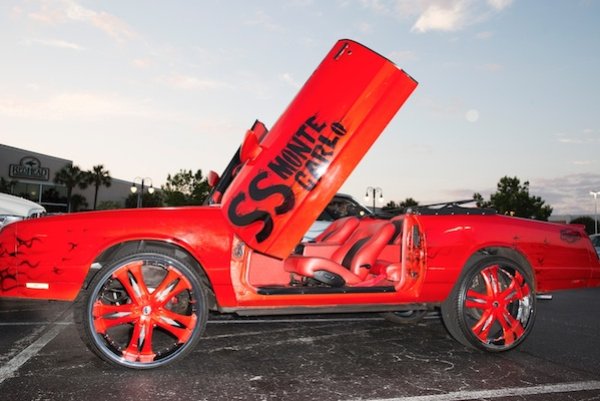
Rosenzweig is hoping to repeat the success of his King of Diamonds book with a new one: Called Hold On Tight, it brings together images he shot at Black Bike Week in the Myrtle Beach, South Carolina, the largest African American motorcycle rally in the US (above).
“It’s a huge festival and party, with lots of music, and it’s visually super rich,” says Rosenzweig, who has been photographing there for the past two years. The new book launches at the Kinfolk space in Brooklyn today.
In this case, rather than using an editorial assignment to drive an art project, Rosenzweig is hoping his personal work will help get the attention of magazine editors.
“i have more commercial clients than editorial clients now, which is a blessing and a curse,” he says. “It’s good in terms of making money, but I want and need to pursue more editorial and personal projects because that’s where the passion is for me.”
Cultural Anthropology
Rosenzweig says his real photographic interests are akin to cultural anthropology. “I’ve always liked meeting and learning about different kinds of people and having access to events that allows me to see behind the scenes,” he says. “It’s a learning process for me; I’m interested in humans in all varieties, shapes and forms.”
Among the many photographers whose work he admires is Martin Parr. In college — he studied Spanish and advertising at the University of Vermont and took photo courses on the side — the book Big Up by photographer Ben Watts made a big impression on him.
“It was ’90s street culture, hip-hop music, break dancers, BMX — all this really cool stuff,” he says. “Another big influence was Larry Clark’s film Kids. It was about New York. For me, New York is an endlessly fascinating subject, which is why I love living here.”
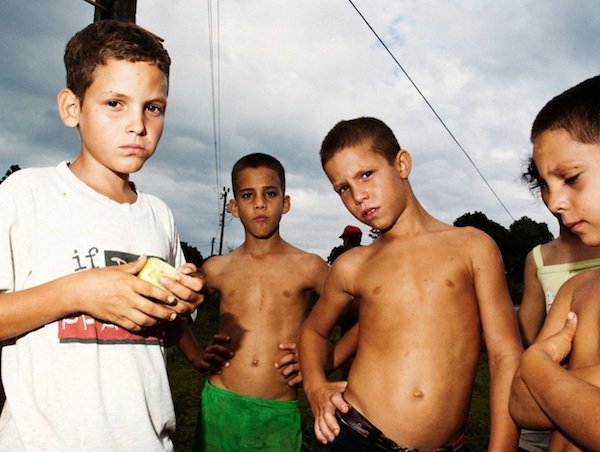
Rosenzweig, who grew up Williamsburg, Massachusetts, a small town near
Northhampton, made his way to New York by way of Prague. “One of my photo professors in college told me I should go to New York, but the idea was intimidating,” he says. When his
girlfriend at the time moved to the Czech Republic for a job, he followed and soon went to work assisting a Japanese photographer there.
“That’s where I got my feet wet,” he says. “Then I moved to New York and assisted for a ton of people, spent some time working for a production company and interned as photographer at Time Out New York magazine. That was great because I was doing assignments for them, shooting food and portraits of artists and musicians. It was a good introduction to the editorial world, just showing up at a location and not having a lot of resources and having to make things work on the fly.”
He’s learned how to put those skills to good use. When he went to Miami to shoot Vice’s story on plastic surgery, the Art Basel Miami Beach art fair was going on, so he brought along a couple of his friends — both graffiti artists and, he says, “kind of a wild bunch” — to see the sights. That included the King of Diamonds.
“Having them with me created this party atmosphere that allowed the pictures at the nightclub to happen,” he says. “Everything I shot was totally candid, nothing posed or controlled. We just went with the flow of the evening. That’s how I like to work.”


